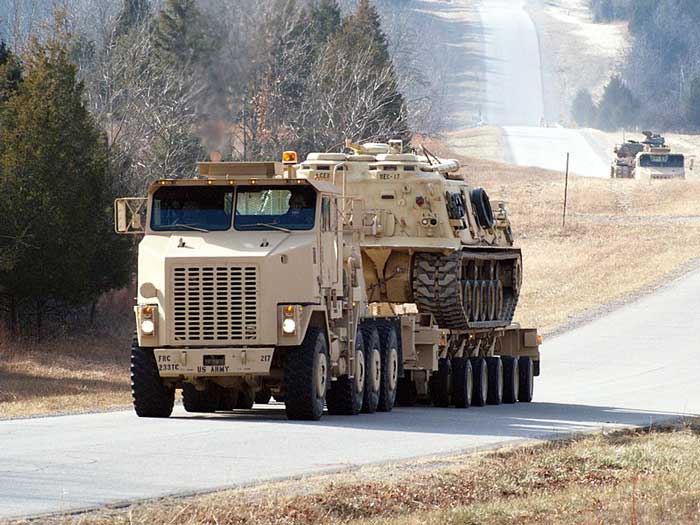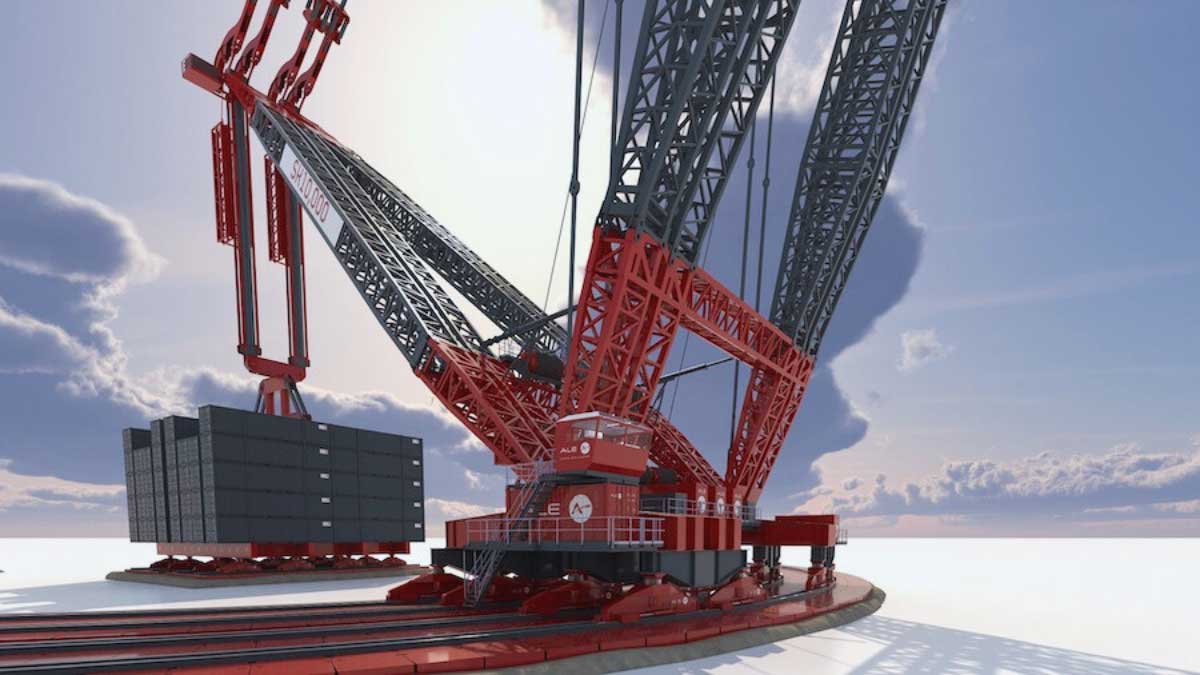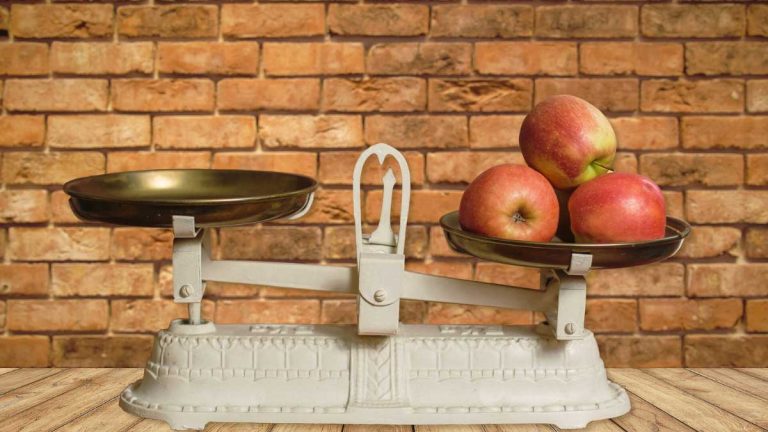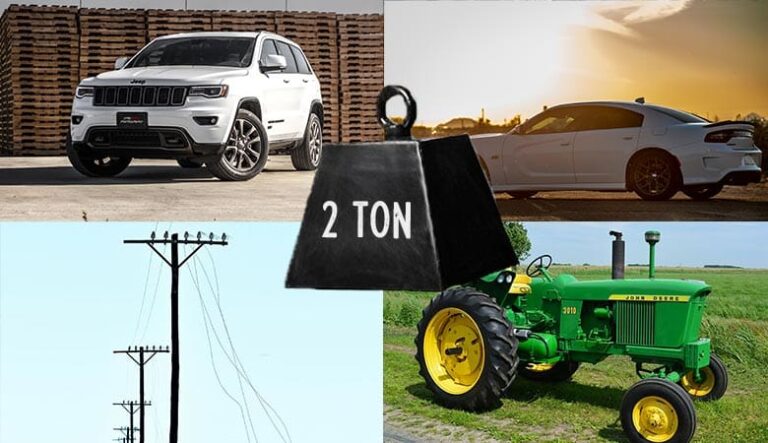How Heavy Is 1000 Tons: Understanding Massive Weights
Imagine standing next to a massive object that weighs 1000 tons. It’s a mind-boggling concept, isn’t it? When you try to visualize this colossal weight, everyday comparisons might not suffice. Understanding the magnitude of 1000 tons can be both fascinating and enlightening, especially when you consider how it relates to objects and structures you’re familiar with.
In the world of measurements, 1000 tons is a significant weight, equivalent to about 2 million pounds. To put this into perspective, think about the weight of five blue whales or 143 African elephants. Such comparisons help ground this abstract number into more relatable terms, allowing you to grasp its enormity. Whether you’re curious about engineering marvels or simply want to impress at your next trivia night, knowing how heavy 1000 tons really is can expand your appreciation for the wonders of weight and scale.
Key Takeaways
- Understanding the weight of 1,000 tons is crucial, equivalent to approximately 2 million pounds or the weight of five blue whales.
- A ton is a versatile unit, with variations like the short ton (2,000 pounds), long ton (2,240 pounds), and metric ton (1,000 kilograms), used differently across regions.
- Converting tons to pounds is straightforward: multiply the tonnage by the appropriate conversion factor, such as 2,000 for short tons.
- Real-world comparisons, such as three Boeing 747 jets or 148 African elephants, help visualize the enormity of 1,000 tons.
- Recognizing the practical applications of a 1,000-ton weight aids in fields like shipping, construction, and environmental management, highlighting its significance in logistics and sustainability efforts.
Understanding Tons as a Unit of Measurement
Understanding the concept of a ton is essential when discussing massive weights like 1,000 tons. A ton is a unit of mass or weight that’s defined differently based on the region or type.

What Is a Ton?
A ton is a unit of mass with multiple definitions. The primary variations depend on the measurement system and region of use. A ton standardizes an otherwise colossal amount of weight into a manageable figure that can be understood across various fields and industries.
- Short Ton (US Ton): Predominantly used in the United States, the short ton equals 2,000 pounds, translating to approximately 907.18 kilograms. When you multiply 1,000 short tons, you get 2,000,000 pounds or about 907,184.74 kilograms.
- Long Ton (British Ton): This unit, commonly used in the United Kingdom, is equal to 2,240 pounds or exactly 1,016.05 kilograms. In the context of 1,000 long tons, the conversion results in 2,240,000 pounds or precisely 1,016,046.91 kilograms.
- Metric Ton (Tonne): The metric ton equates to 1,000 kilograms and is often used globally to maintain consistency with the International System of Units (SI). It weighs approximately 2,204.62 pounds, making it slightly heavier than the short ton but lighter than the long ton. For 1,000 metric tons, the weight becomes 1,000,000 kilograms or approximately 2,204,620 pounds.
These types provide clarity across contexts whether you’re dealing with logistics, industrial processes, or scientific calculations. Understanding these distinctions offers better insight into how weight manifests on a grand scale.
Converting Tons to Pounds
Understanding the weight of 1,000 tons involves translating it into more familiar units. In the U.S., pounds serve as a standard weight measurement, making them a convenient reference point.
How Many Pounds Are in a Ton?
A ton, often called a short ton in the U.S., equals 2,000 pounds. This definition of a ton supports various uses in logistics and industries, where large weights are common. Knowing this conversion factor assists in translating large measurements into a more digestible size.
Steps to Convert Tons to Pounds
To convert from tons to pounds, you just need to follow a simple multiplication formula. Let’s break it down step by step, like a fun math problem!
- Start with the weight in tons : Imagine you’re working with 1,000 tons.
- Use the special “magic number,” which is 2,000. This is because 1 ton always equals 2,000 pounds.
- Multiply your tons by 2,000 : So, you just multiply the number of tons (1,000) by the magic number (2,000).
The formula looks like this: Pounds = Tons × 2,000
- Do the math : Let’s actually do the multiplication:
1,000 tons × 2,000 = 2,000,000 pounds
That means 1,000 tons is the same as two million pounds ! 🚛💪
Why Is This Important?
In the real world, big machines, trucks, and even boats all have to measure their weight very carefully, especially when transporting heavy things. Knowing how to convert between tons and pounds ensures that these industries don’t overload their equipment!
Real-World Comparisons of 1000 Tons
Visualize the enormity of 1,000 tons by considering various real-world objects and creatures. This section presents several comparisons to help you grasp this immense weight.
Equivalent to Large Vehicles
Imagine the weight of three Boeing 747 jets. Each jet weighs between 300 and 490 tons. Combined, three of these iconic aircraft represent the colossal scale of 1,000 tons. Similarly, a cargo ship with a capacity of 100,000 cubic feet is perfect for this comparison. With each 100 cubic feet equating to one ton, the ship can effectively match this weight.
Natural Elements and Wildlife Comparisons
Consider nature’s giants like approximately ten sunfish. Each of these weighs around one ton, collectively reaching the 1,000-ton mark. In terms of mammals, the impressive size of 148 elephants offers another visualization. Male African elephants weigh up to seven tons each. Alternatively, think about five blue whales, each exceeding 150 tons. Their combined weight creates another vivid picture of what 1,000 tons looks like.
Architectural and Historical Objects
A smaller Sierra Redwood, also known as a Giant Sequoia, varies widely in weight but can approximate 1,000 tons. The wood of larger specimens can weigh substantially more, reaching around 1,300 tons. When considering historical objects, such massive weights often pertain to grand structures, such as sections of ancient fortresses or monumental statues, though specific weights can vary based on materials and design.
Practical Applications and Considerations
Understanding the weight of 1,000 tons is valuable across various domains. This massive weight plays a crucial role in sectors like shipping and transportation and has significant environmental and industrial implications.
Shipping and Transportation
In shipping and transportation, 1,000 tons represents the load capacity of certain vessels or the combined weight of loaded vehicles. For instance:
- Cargo Ships: Many large container ships can carry around 100,000 tons, so 1,000 tons is just a fraction but still considerable for smaller vessels.
- Trucks and Trailers: Heavier-duty trucks can transport up to 80,000 pounds (40 short tons), meaning a fleet of 25 trucks would be necessary to move 1,000 tons.
- Railway Freight: A typical rail car holds up to 110 tons, translating to around nine rail cars required for 1,000 tons. This weight understanding aids in logistics, ensuring safe and efficient transport.
Environmental and Industrial Perspectives
The environmental and industrial sectors often deal with large-scale materials and waste. Consider these points:
- Recycling Facilities: Facilities often process 1,000 tons of material per day. This impacts resource management and conservation strategies.
- Construction Projects: Building massive structures like bridges may involve steel weighing thousands of tons. Precision in weight calculation ensures structural integrity and safety.
- Ecological Impact: Understanding the weight of waste produced helps in formulating sustainable practices. For example, a city generating 1,000 tons of waste daily may prioritize recycling and reduction strategies.
These considerations underscore how grasping the enormity of 1,000 tons assists in practical applications, from logistics and engineering to environmental conservation efforts.
Conclusion
Grasping the concept of 1,000 tons offers you a deeper appreciation for the immense scale of weight in both natural and industrial contexts. Whether you’re visualizing the heft of blue whales or understanding the logistical challenges in shipping and construction, this knowledge enhances your perspective. It’s not just about numbers; it’s about connecting those figures to real-world scenarios that impact everyday life and global operations. As you navigate through various fields, this understanding becomes a valuable tool, enriching your conversations and decision-making processes.







